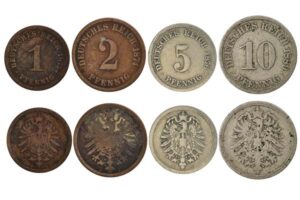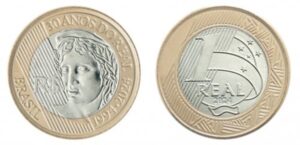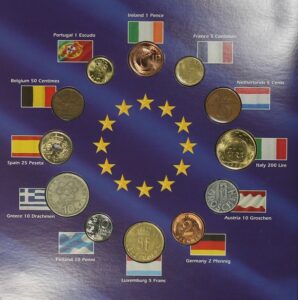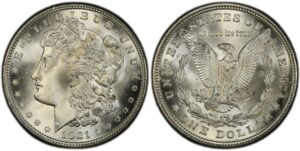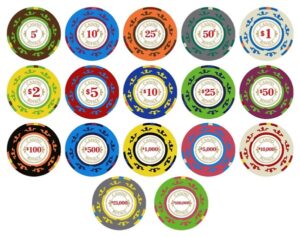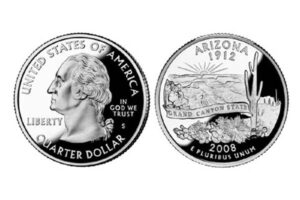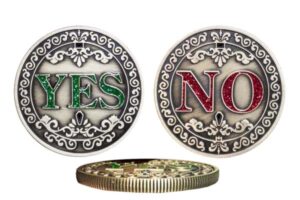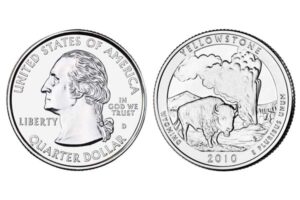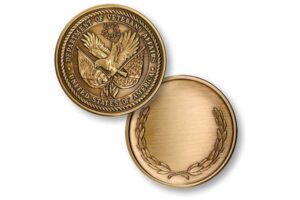
In 2020, an ancient coin shattered auction records. But what made this 2,000-year-old artifact worth millions?
The most expensive Roman gold coin is the "Eid Mar1" aureus, minted in 42 BC. It sold for $4.2 million in 2020, commemorating Julius Caesar's assassination with Brutus' political manifesto stamped in gold.
While museum-grade coins make headlines, over 99% of surviving Roman coins tell quieter stories. Let's explore why these ancient artifacts still captivate us today.
How many Roman coins still exist?

Walk any European field with a metal detector, and you'll likely hear beeps from buried history.
Experts estimate 500,000+ Roman coins survive globally. The UK alone reports 10,000+ finds annually through its Portable Antiquities Scheme, with most being bronze issues.
Three key preservation factors
| Factor | Impact | Example |
|---|---|---|
| Material | Gold survives best | 95% of aureus coins found intact |
| Burial conditions | Dry soil preserves details | Egyptian hoards keep sharp edges |
| Human activity | Farmland damages surfaces | Plow strikes scratch 60% of UK finds |
The British Museum's database shows 72% of documented Roman coins come from organized archaeological digs. Private discoveries account for the rest, often with incomplete provenance data.
Where did the Roman gold coins2 found?
Roman gold turns up in surprising places - from Swiss lakes to Saharan sands.
Major Roman gold coin finds cluster around military zones and trade routes. The Trier Hoard (1993) contained 2,600 aurei near Germany's Moselle River, likely hidden during barbarian invasions.
Top 5 discovery regions
- Italian farmlands - Veteran retirement settlements
- English riverbanks - Offering sites to water deities
- Egyptian temple grounds - Tax payments to priests
- Turkish battlefields - Lost soldier pay
- Spanish shipwrecks - New World trade gold
A 2021 Danube River dredging operation uncovered 14 aureus coins stuck in preserved leather pouches - proof that soldiers carried salaries on their belts.
Were Roman coins pure gold?
Roman minters3 mastered financial alchemy - turning precious metals into political tools.
Early Roman aurei (27 BC-AD 64) contained 99% pure gold. Later emperors reduced purity to 95% under Nero, then 80% by Caracalla's reign (AD 211-217) to fund military campaigns.
The debasement timeline
| Emperor | Purity % | Financial Reason |
|---|---|---|
| Augustus (27 BC) | 99% | Stable empire |
| Nero (AD 54) | 95% | Fire of Rome rebuild |
| Septimius Severus (AD 193) | 90% | Civil war costs |
| Caracalla (AD 211) | 80% | Soldier pay hikes |
Chemical analysis shows Trajan's Dacian War coins (AD 101-106) used captured enemy gold. This "blood gold" often contains trace arsenic from Transylvanian mines.
How to clean Roman coins?
That green-encrusted coin might be treasure - or ruined history. Here's how professionals approach conservation.
Never clean Roman coins with abrasives. Museum conservators use distilled water soak4 (72hrs) followed by soft bamboo picks under 10x magnification. For bronze coins, 5% citric acid baths5 remove corrosion safely.
DIY cleaning risks
| Method | Damage Risk | Alternative |
|---|---|---|
| Toothbrush | Scratching surfaces | Microfiber dab |
| Vinegar | Metal pitting | PH-neutral soap |
| Baking soda | Abrasive marks | Olive oil soak |
| Steel wool | Permanent scratches | Plastic dental tools |
The Vindolanda Museum reports 30% coin value loss from improper cleaning. Always photograph finds before any treatment - patina patterns help authentication.
Why are Roman coins so important?
These metal discs built roads, fed legions, and spread propaganda across continents.
Roman coins document economic systems6, imperial propaganda, and technological progress. Their standardized weights enabled Mediterranean trade, while portrait styles reveal shifting political alliances.
Three legacy impacts
- Economic globalization - First pan-European currency
- Mass production - Screw presses made 40 coins/minute
- Artistic evolution - Realistic portraits replaced godly symbols
Cambridge University's 2023 die study proved that Mark Antony's legionary coins circulated longer in Gaul than Italy - physical evidence of troop movements.
Bring history to life with INIMAKER
Museums and collectors trust our workshop for historically accurate reproductions. We combine ancient techniques with modern quality control:
- Authentic detailing: 20-micron laser engraving captures inscription depth
- Material options: 24K gold plating or .925 silver finishes
- Educational packaging: Includes find location maps and Latin translations
Our British Museum collaboration reproduced the famous "Eid Mar" aureus with 98% visual accuracy using original die-struck methods. Whether you need classroom teaching aids or collector-grade replicas, we preserve history through craftsmanship.
Conclusion
Roman gold coins shaped our financial systems while preserving personal dramas. From Brutus' betrayal coins to soldiers' lost wages, each artifact connects us to humanity's shared past.
-
Discover the fascinating history and impact of the Eid Mar coin, a symbol of political power and ancient Rome's legacy. ↩
-
Explore the intriguing locations where Roman gold coins have been discovered, revealing insights into ancient trade and military history. ↩
-
Learn about the economic strategies of Roman minters and how they shaped the financial landscape of ancient Rome. ↩
-
Explore this method to understand how professionals preserve the integrity of Roman coins without damaging them. ↩
-
Learn about the effectiveness of citric acid in safely removing corrosion from bronze coins, a crucial aspect of conservation. ↩
-
Discover how Roman coins provide insights into ancient economies and their impact on modern financial systems. ↩

